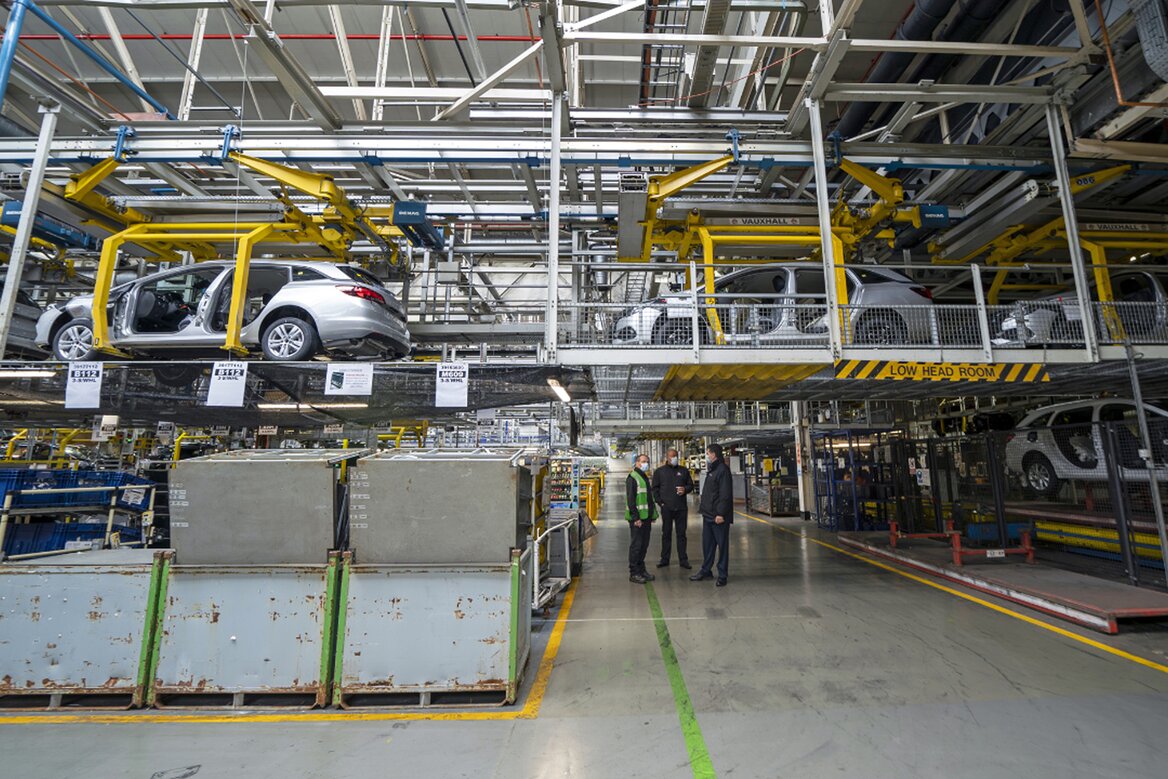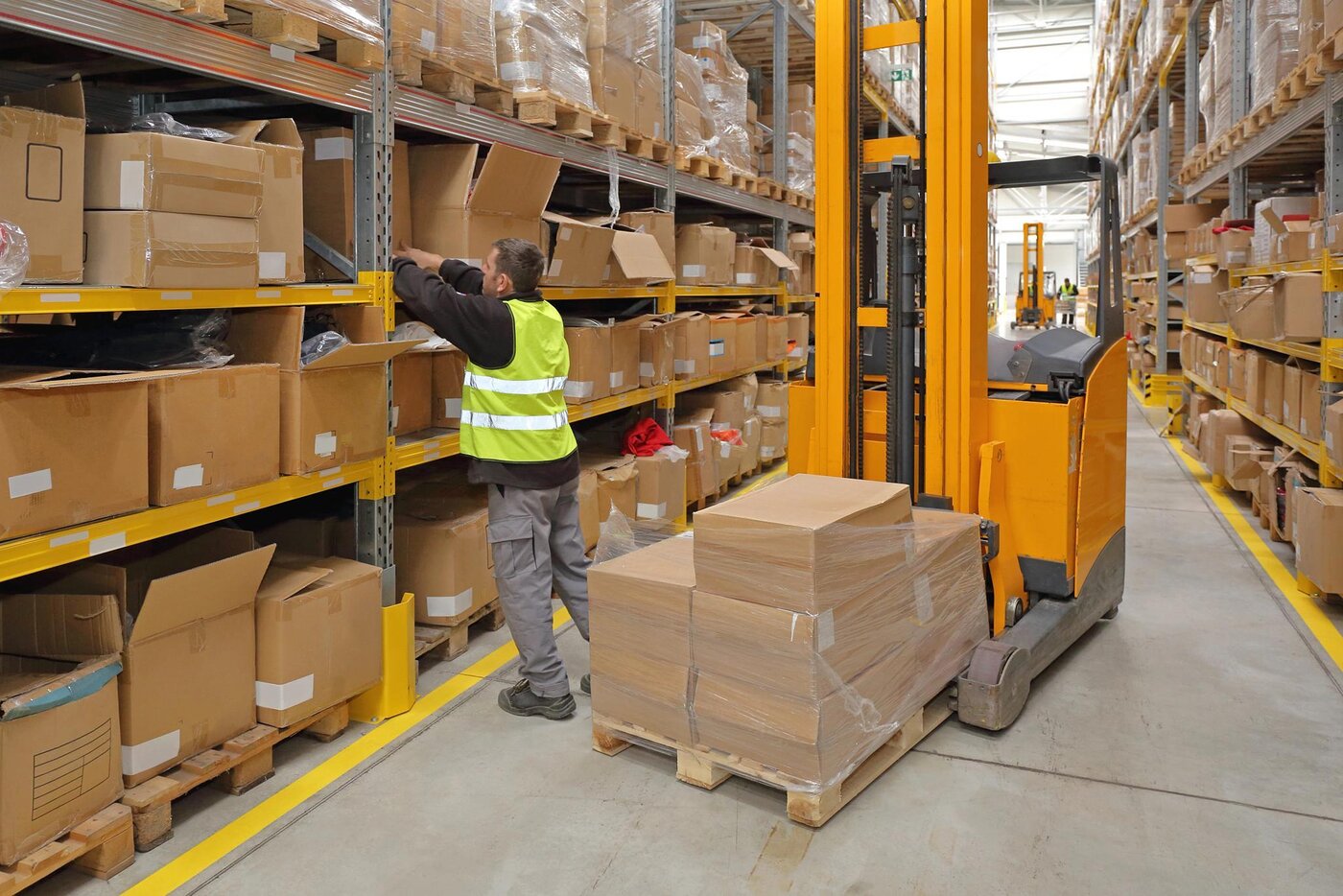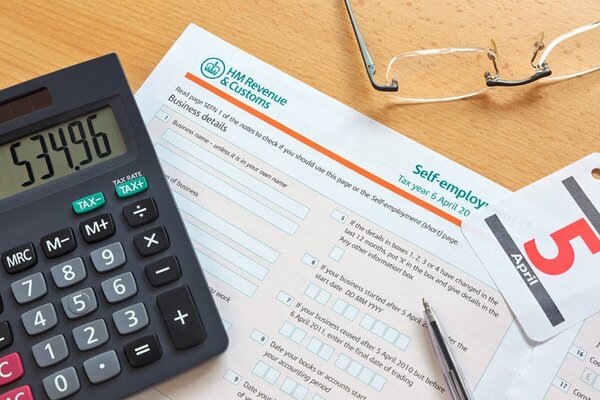A major overhaul of business rates set for April 2026 is placing industrial companies on alert, as over 4,300 large-scale facilities in England, spanning manufacturing sectors like automotive, aerospace, and chemicals, are projected to face a combined property tax rise of £685 million annually.
The levy is intended to fund tax relief targeted at retail, hospitality, and leisure businesses, but experts warn the move could offset recent government energy subsidies designed to support industrial competitiveness.
The Integrated Strategy: Energy Cuts vs. Rate Hikes
Earlier this year, the government announced a sweeping industrial energy support programme, slashing power costs by up to 25% via exemption from green levies for around 7,000 facilities. However, the business rates repricing, which considers 2024 rental values, introduces a nearly £700 million annual tax burden starting 2026. Critics argue this undermines the intended benefits of the energy cuts.
Alex Probyn, group property tax lead at Ryan, describes the situation as “perverse,” stating it’s contradictory to assist industries with one hand while imposing new levies with the other
Scale and Impact of the Tax Rise
The property levy is part of England and Wales’s broader business rates revaluation, based on rental values effective April 2024. The new valuation will affect 4,300 industrial properties, collectively responsible for the £685 million hike. Even manufacturers benefiting from energy cost relief could see the gains eroded, or eliminated entirely, if their rate bills climb significantly.
Sectors and Beneficiaries
Large manufacturers, including those in automotive, aerospace, and chemicals, bear the brunt of the levy. Meanwhile, high-street shops, hotels, and leisure facilities will enjoy long-term rate reductions as part of a plan to boost social and economic activity in consumer-facing sectors.

Industry Concerns and Calls for Fairness
Alex Probyn warns that this one-two punch could stymie UK competitiveness, arguing that “we need a coherent strategy that tackles the total burden of fixed costs”. Industry groups are urging the government to reconsider either the timing or magnitude of the levy or to apply safeguards ensuring industrial energy savings aren’t consumed by rate hikes.
Government Position
Officials maintain that the revaluation supports a “fairer business rates system,” protecting high streets while backing industrial investment. A spokesperson noted reductions from green levies result in electricity bills falling by around 20–25% for the 7,000 eligible facilities. They also pointed to planned reforms set to permanently lower rates for over 280,000 retail, leisure, and hospitality properties.
Long-Term Business Strategy Under Pressure
Manufacturers are being asked to reassess cost structures, factoring in both tax relief and rising fixed charges. Observers highlight that UK industrial property taxes are already among the highest in developed economies, well above EU averages. The dual pressure of energy relief and rate hikes underscores the urgent need for a cohesive industrial policy.

Conclusion
The 2026 business rates revaluation reflects a strategic effort to rebalance fiscal burdens, from public revenue to support high streets during economic recovery. However, the nearly £700 million annual rise for industrial property owners complicates the narrative.
While energy-related cost savings provided a headline-grabbing initiative, manufacturers now face an offsetting uplift in fixed liabilities that threatens to negate those gains. Policymakers must work with industry bodies to harmonise tax and energy strategies, ensuring relief isn’t consumed by new obligations. The success of the UK’s industrial and retail recovery may hinge on this cohesion.
Get Help with Your Taxes (title 8)
If you’re a gig economy worker grappling with the complexities of tax obligations, Pie Tax is your trusted ally. Our team of expert advisors is dedicated to guiding you through every step of the process, ensuring clarity and compliance. We understand the unique challenges faced by gig workers and offer tailored support to help you navigate your Self-Assessment tax return with confidence. By leveraging our expertise, you can mitigate risks, avoid penalties, and focus on what matters most – growing your business. Reach out to us today for personalised assistance designed specifically for the needs of gig economy workers.

Fun Facts (title 9)
Did you know that HMRC, or Her Majesty’s Revenue and Customs, was formed in 2005 through the merger of two ancient bodies? The Inland Revenue, established in 1849, and Her Majesty's Customs and Excise, which dates back to medieval times, came together to streamline tax collection and enforcement. This merger reflected a long history of tax administration adaptation and reform in response to societal and economic changes.
Conclusion
HMRC’s crackdown on the gig economy signifies a significant shift towards stricter tax compliance standards. For gig workers, this entails a heightened level of vigilance in managing their tax affairs. Accurate record-keeping and timely filing of tax returns are paramount to steer clear of potential penalties and fines. At Pie Tax, we are dedicated to assisting gig workers in navigating these evolving tax regulations seamlessly. With our expert support and guidance, you can confidently navigate the intricacies of tax compliance while focusing on scaling your business. Trust Pie Tax to empower you with the knowledge and tools needed to thrive in the ever-changing landscape of the gig economy.











